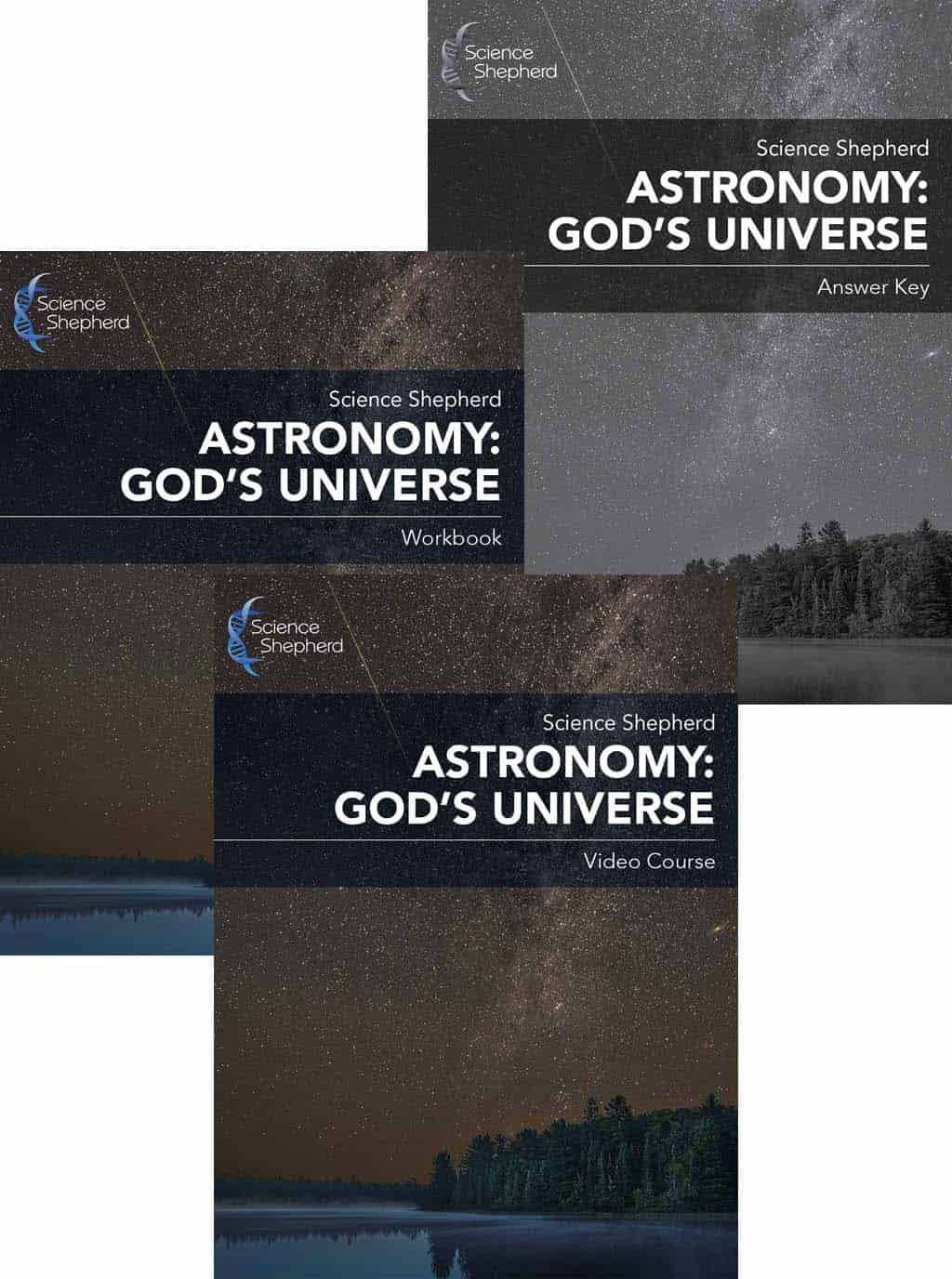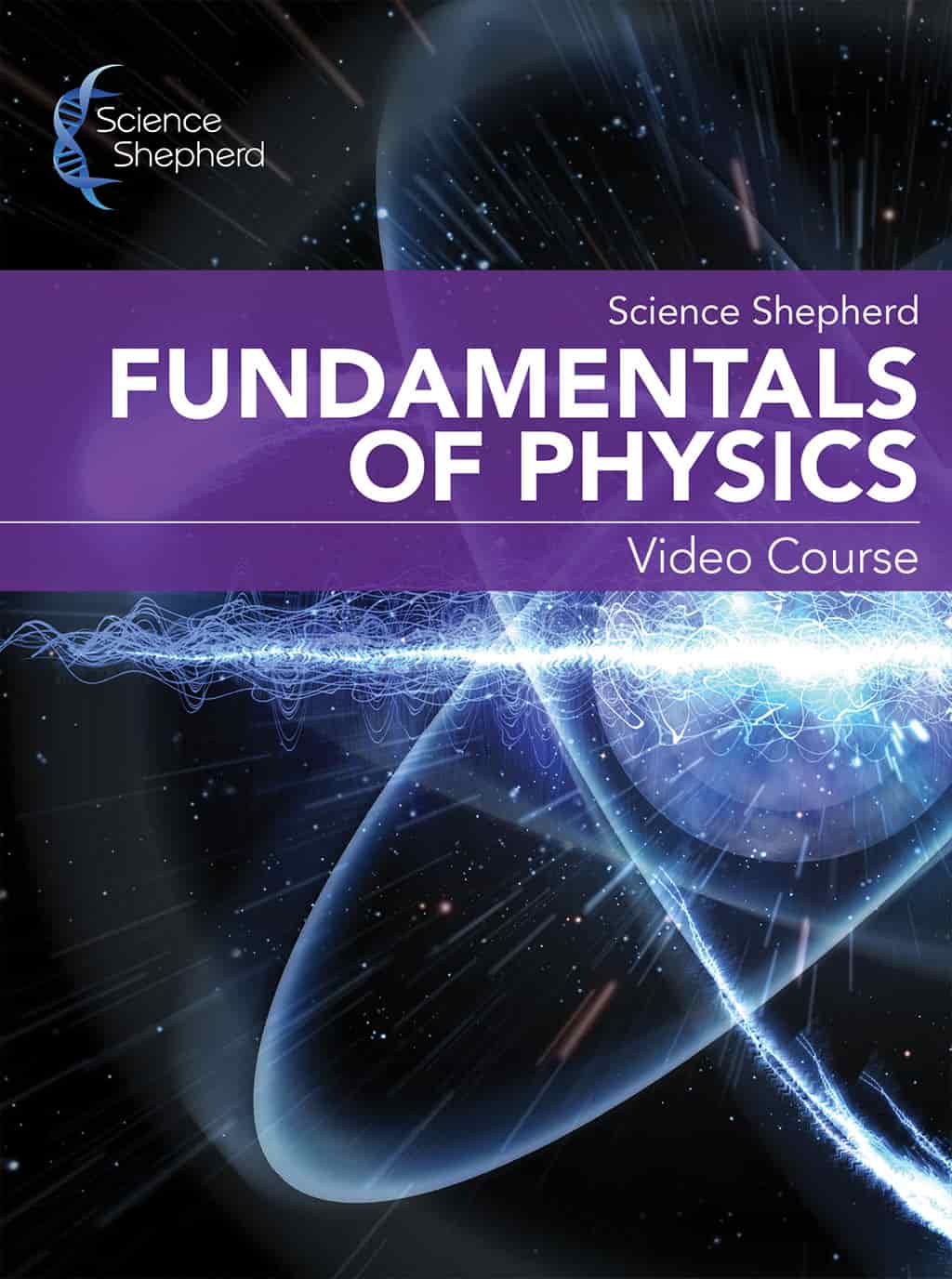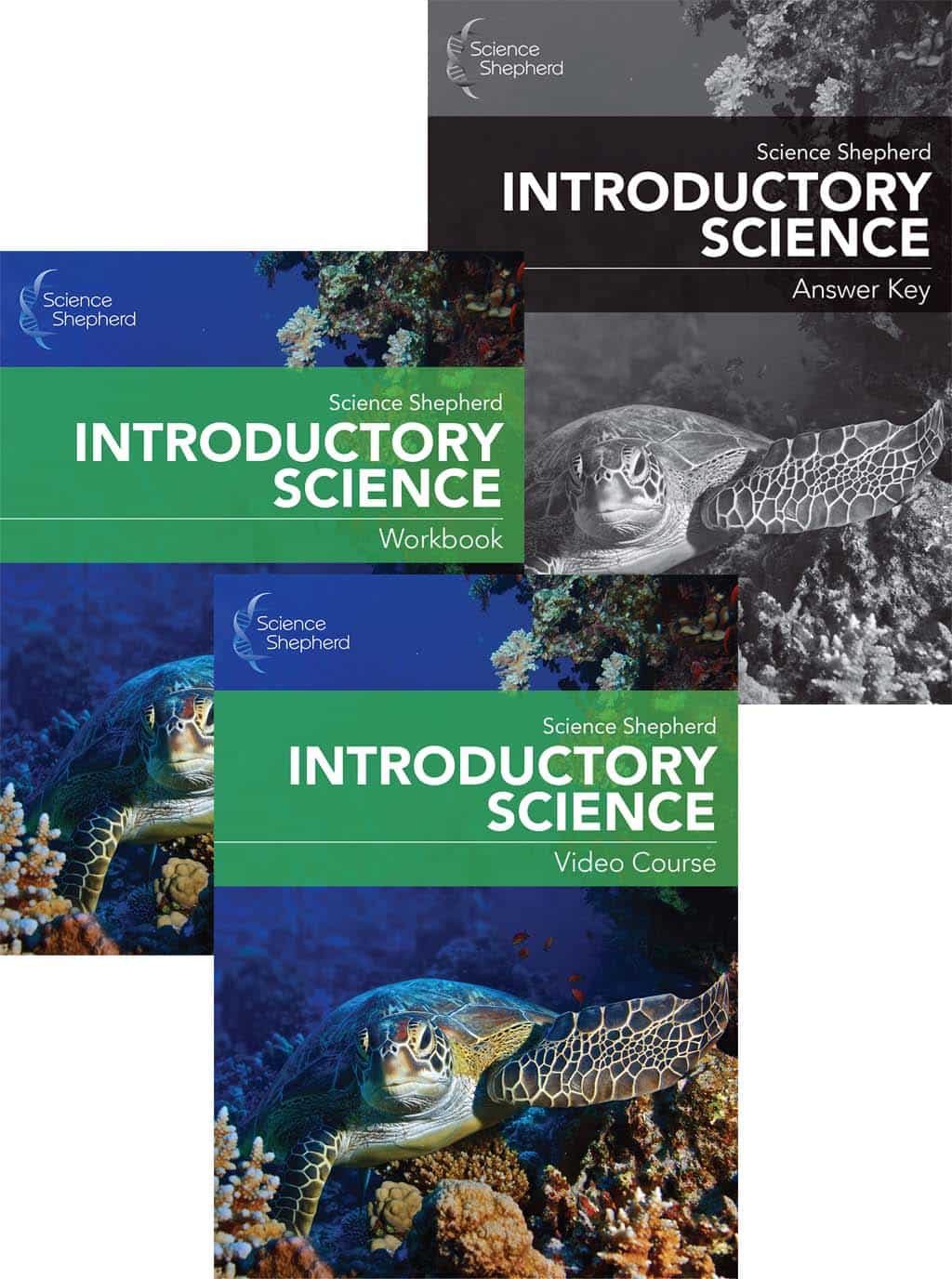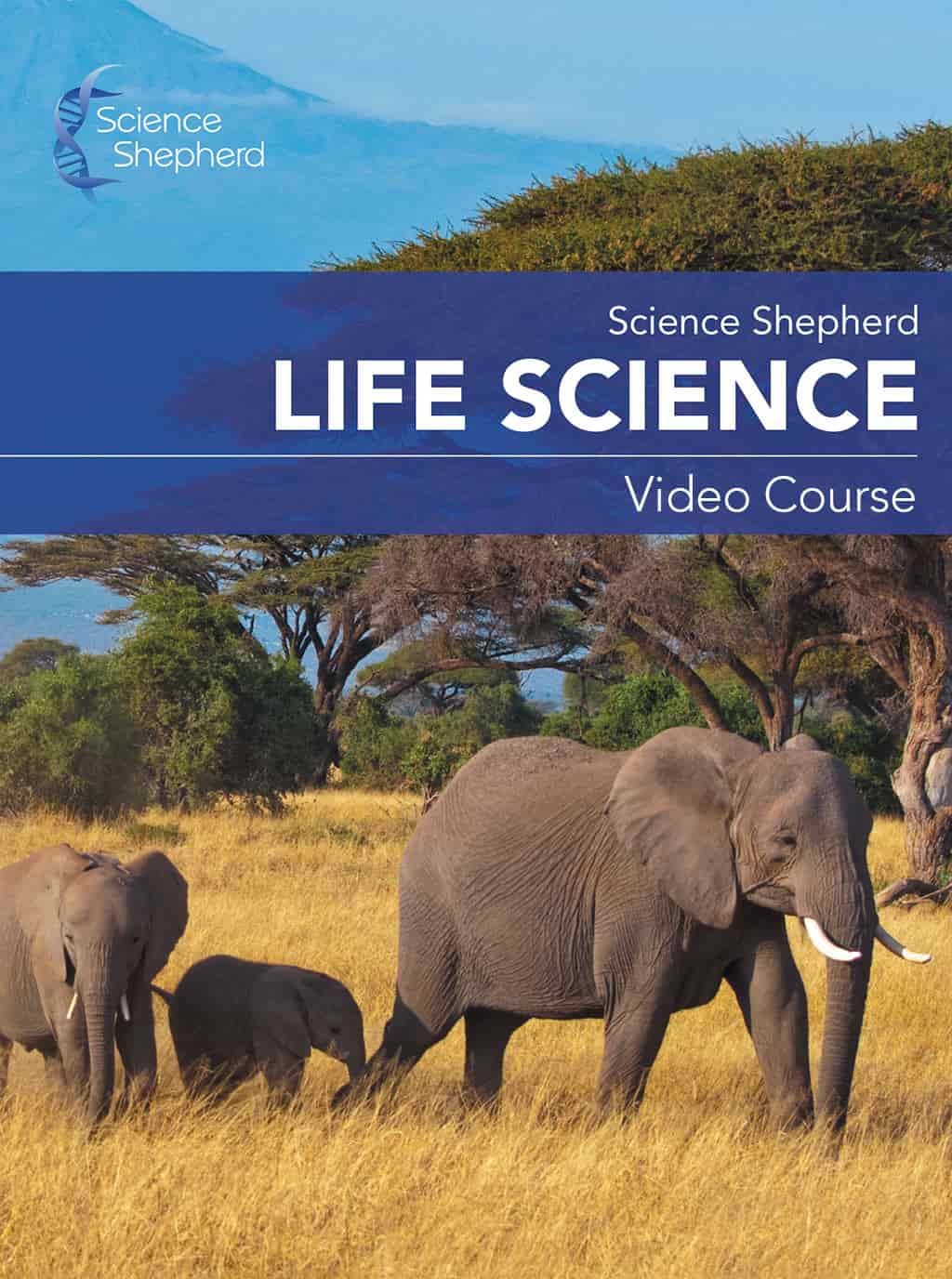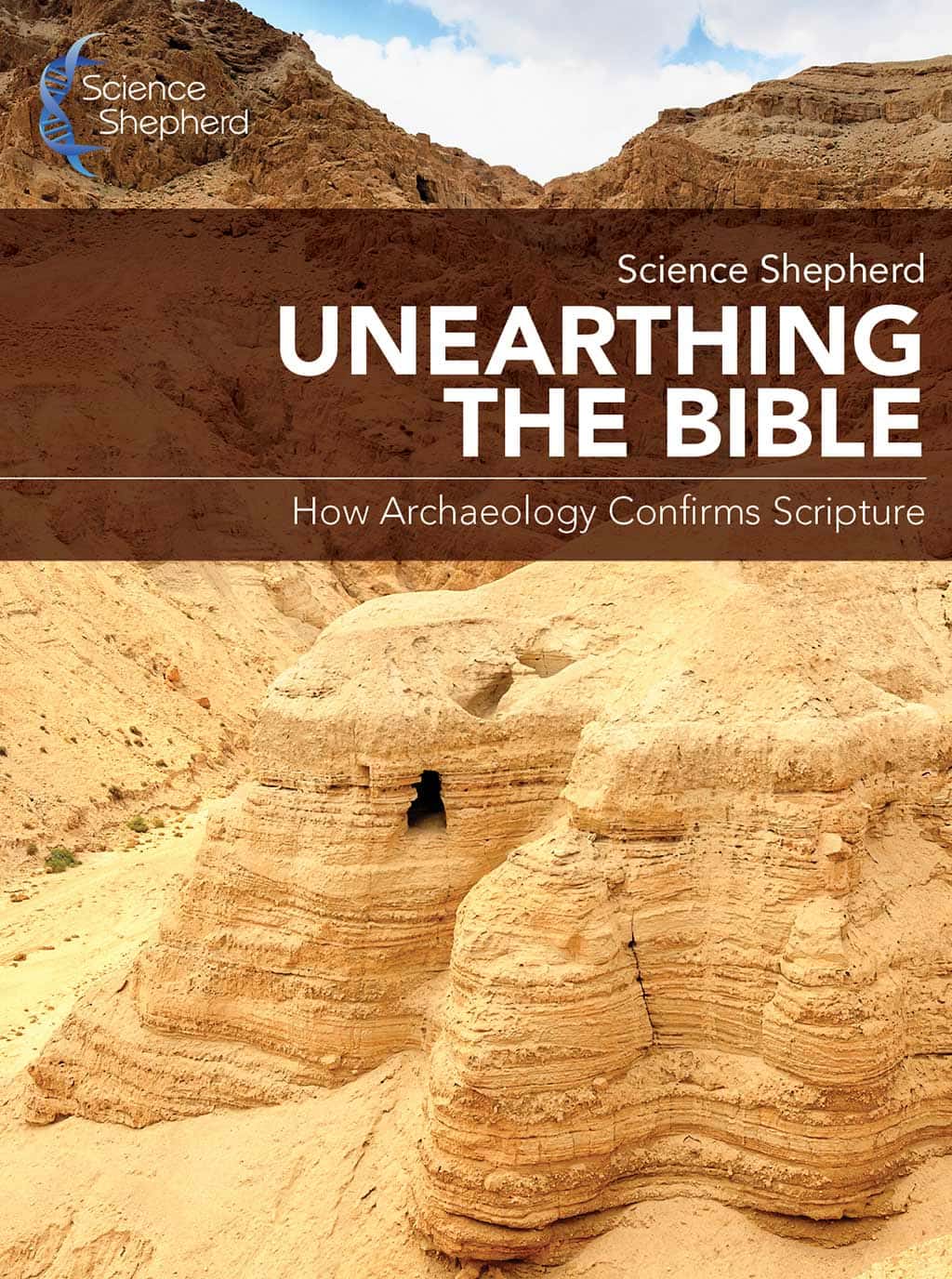Natural Selection Part 3

"Change"
The following article is the continuation of a 3-part series. Read part 2 here.
So, why were the changes in the Galapagos finch population NOT evolution? Very simple - because they were still birds; specifically, they were all Galpagos finches. None of the 15 species of finch ever changed into another kind of organism (i.e. not one of the finch species turned into a mammal or a previously non-existent type of organism). All that happened was their traits varied a little bit (e.g. the beaks got a little bigger), but that isn't evolution. It is simply natural selection, which is observed all of the time (BUT is NOT evolution).
As knowledge has grown over the past 50 years, it has become very evident that Darwinian evolutionary concepts (and when applied in the context of genetics, referred to as the "modern synthesis") cannot explain how fish, amphibians, reptiles, mammals, birds, insects, etc. all got here starting from a single celled organism as a result of accidental events. Since no one can "see" evolution, but everyone can see "change," evolutionists have pulled the quintessential sleight-of-hand and equated "change" to "evolution." "Hey, if you can see change, you can see evolution." That is a lie because "change" is absolutely not synonymous with evolution (just as it not synonymous with "hope").
Since no one can "see" evolution, but everyone can see "change," evolutionists have pulled the quintessential sleight-of-hand and equated "change" to "evolution."
In order for evolution to explain the huge variety of life arising from a single celled organism billions of years ago, evolutionary "change" literally has to equate to "an ancestor organism acquiring new traits over time so that it transforms into a previously non-existent type of life form." It is NOT enough that an ancestor bird develops small changes in traits so that in one area of the world it becomes a parrot and in another area it becomes a flamingo. Both the flamingo and the parrot are birds and they share the same essential characteristics of birds - wings, hollow bones, feathers, beaks, etc. In order for evolution to happen, a bird would need to develop something "new" to alter it such that it no longer shares the common characteristics of a bird; otherwise, all we have are birds generationally reproducing to make more birds. That isn't evolution, that is statism (this is the only situation in which I think statism is a good thing since that is how God designed everything to work).
No matter how we study the fossil record, despite what the media and evolutionary textbooks portray, there is absolutely no agreed-upon evidence that a bird has ever been anything but a bird. Yes, there are heavily disputed "intermediates" (like Archaeopteryx, which very few evolutionists consider to be anything but a bird and even world-renowned evolutionary bird paleontologist Alan Feduccia calls Archaeopteryx "a perching bird, and no amount of paleobabble will change that") as well as intentional fakes (Archaeorapter from China), but all evidence indicates that birds have always been birds and that, as far "back into time" as one cares to look, the appearance of modern birds is exactly the same as they appeared "millions" of years ago. It is ironic that what the fossil record supports is "no change" (except for MASS extinctions.....can anyone say "flood"?). Also, click the link for a description of the 30 million year old pelican fossil that looks exactly like present day pelicans or Google pretty much any animal's name with "present day fossil" and you are bound to find countless other examples of how the many millions of year old fossil specimen looks identical/near identical to the present day animals.
For evolution to be true, there needs to be change such that, for example, the "dinosaur bird ancestor" slowly developed the traits of a bird, causing it to look more and more like a bird and less and less like a reptile over hundreds of thousands to millions of years (isn't it interesting that we have literally billions of fossils and NONE of them are "intermediate forms"? I wonder why that would be when there must have been thousands of these intermediate forms as bacteria changed into eukaryotes, into swimming things, into fish, into amphibians, into reptiles, into birds and into mammals, but there IS NOT ONE!). Then, that ancestor organism would have had to have developed feathers (and no matter how much the evolutionary texts describe reptile scales transforming into feathers, there is absolutely no fossil evidence that any of that ever happened. It is pure fantasy), endothermia, a beak, etc. And, again, there is no evidence that ever happened (but it makes for great science fiction).
But, regarding "change," what we do see, though, in the fossil record and what has been observed for thousands of years of history, is that an organism ALWAYS produces offspring that look pretty much exactly like the parent. Dogs beget dogs, roses beget roses, bluegill beget bluegill, etc. Never has a fish laid amphibian eggs. Never has a hippopotamus given birth to a bottle nosed dolphin. Why? Because, as any 6 year old knows, that isn't how it works.
Of course, there are many different types of birds, fish, mammals, etc. That is because God created all of the "kinds" (dogs, cats, fish, birds, trees, etc) and gave them an incredible built-in ability to vary. Over time - and rapidly (as evidenced by the Galapagos finch example) - we can see population characteristics change such that the archetypal "dog type," which many creation scientists consider to look similar to a wolf, diversified into the many wonderful varieties of dogs we see today. As a result of selective breeding, we can see how breeders take advantage of that built-in ability to vary so that new breeds are able to be developed relatively rapidly. But this is not evolution because they are still all dogs! It is just the "man made version" of natural selection that we call "artificial selection."
So, as we can see, evolution is not change. Maybe more correctly, natural selection is change, but that change has never been directly observed or historically observed to create anything other than what came before.
Additional Resources
To learn more about the origins of life, including access to free lectures, visit the Creation Science section in our store.
Sign-Up Today!
Subscribe for the latest news and receive 10% off and a FREE resource!
Recent Articles
10% Off Your Next Order
Subscribe to our newsletter and we'll send you a code for 10% off an order
plus a free download of 5 Scientific Ways Your Kids Can Defend Their Faith.
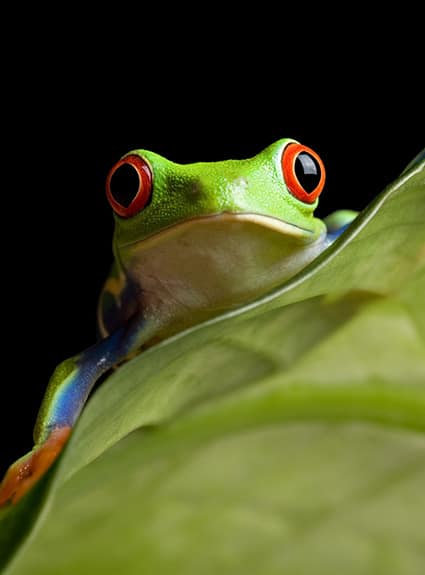
10% Off and a Free Download
When you sign-up for our newsletter we'll send you 10% off your next purchase and our free article,
"5 Scientific Ways Your Kids Can Defend Their Faith".


